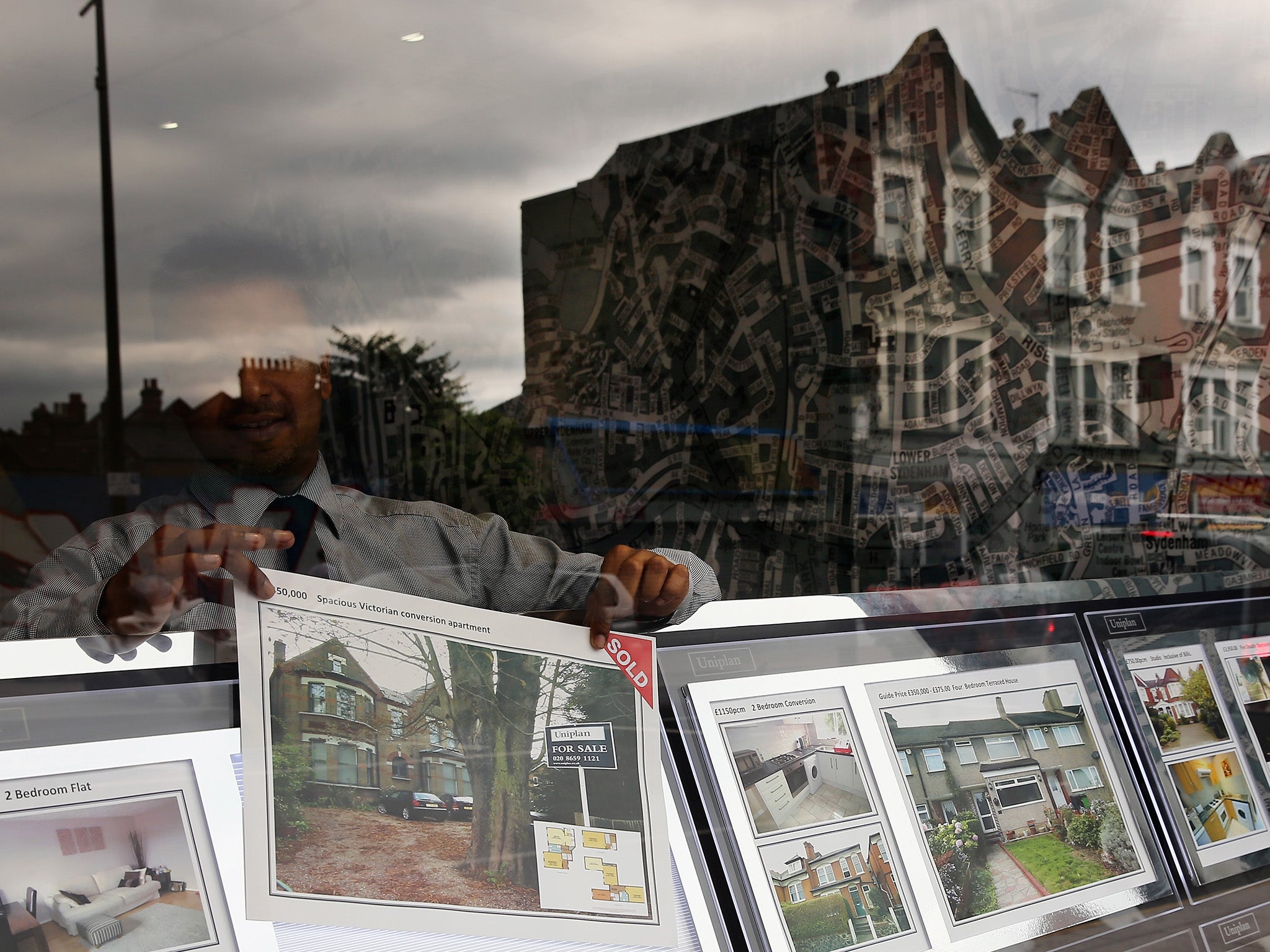The truth about investing for children
Debunking the myths around children’s savings and investments could make all the difference for your kids' futures.

Results season, an uplift in first-time buyer activity and now back to school, they all spell “spending” for the nation’s parents. The everyday costs are one thing – raising one child till the age of 18 is currently coming in at around £231,000 in total according to stats from the Centre for Economic and Business Research and LV=. But the big-ticket items, should you so choose to shell out, are a whole different ballgame. Driving lessons, a first car and insurance come in at around £6,800, a gap year typically comes with a bill of £7,000, and that’s before we start on university tuition fees (around £9,000 a year depending on the university, plus living costs), and that elusive first home.
In fact, family and friends will help 300,000 people buy a home this year, with the bank of mum and dad helping to finance a quarter of all UK mortgage transactions to the tune of £17,500 each. More than half are considered gifts never to be seen again.
For most these numbers are simply too big for us to start trying to overcome. But the cumulative effect of drip-feeding in cash over decades can make massive inroads for those who feel they can give it a go. £30 a week could turn into more than £40,000 by the age of 18 and maximising the amount you can save into a Junior IS, around £78 a week, could give the offspring more than £100,000 when they come of age.
And yet time and time again, children’s savings and investment campaigns, complete with free cash and/or major tax incentives have failed to get parents saving. In a confusing and complex landscape, the myths around the restrictions and problems of investing for children are putting parents off in their droves. So here are the 5 most common beliefs and the truth behind them.
Children don’t pay tax: FALSE
Children are liable for tax though they’d have to earn more in interest from existing savings and investments than the annual standard personal allowance – currently £11,000 – to have a bill in any tax year.
But to avoid parents slotting using their children’s savings pots to dodge their own tax obligations the rules around parents’ giving are tighter. If your child earns more than £100 in interest in any tax year from money you as their parent have given them, then you’ll be personally liable for the tax on the interest earned (again, if its above your personal allowance).
Grandparents who give money have to pay tax: FALSE
The personal tax liability rules for gifting to children only apply to parents, not grandparents, aunts, uncles, godparents, or anyone who wants to hand over a few shiny coin sat Christmas and birthdays.
Children can’t have a pension: FALSE
“Actually, they can and you can start saving into a Junior Sipp (self-invested personal pension) as soon as your child or grandchild is born. Each child can have a total of £3,600 a year, or £300 a month, saved into a pension,” says Tom Stevenson, investment director for Personal Investing at Fidelity International. “Just as with your pension, the Government automatically tops up payments you make by 20 per cent, so for your child to have the maximum £3,600 a year, total contributions only need to come to £2,880.”
“Our calculations show that that if you were to invest £300 a month into a Sipp just for the first 18 years of their life (even if they added nothing themselves during their adult life) they would have a very impressive £603,441 pension pot at the age of 65.2 This is perhaps the ultimate way to make sure your child has the makings of a secure financial future.”
The children can’t access the money: NOT REALLY
If your child has a Child Trust Fund or a Junior Isa (Jisa) in their name, the minute they turn 18 the account is automatically rolled over into an adult Isa and they can do what they like with it. This might set parents and grandparents pulses racing over fears of Ibiza blowouts or massive shopping sprees, but contrary to popular belief, when handed the reins, the majority of 18 year olds actually add to the savings pot rather than spending the lot on one memorable summer, which leads us to…
Jisas have to be cashed in at 18: FALSE
The idea is that if the money isn’t immediately needed, the accumulated funds can continue to grow after your child reaches 18. That’s why a Jisa is converted to an adult Isa at 18 automatically. At that point the now adult is free to invest in a regular stocks and shoares Isa as well as anything they hold in a cash Isa. Indeed, once they reach 16 they can contribute into the adult equivalent of a cash Isa up to the annual limit (£15,240 in 2016-17). That’s on top of any money paid into their Junior Isa by family and friends.
Join our commenting forum
Join thought-provoking conversations, follow other Independent readers and see their replies
Comments
Bookmark popover
Removed from bookmarks